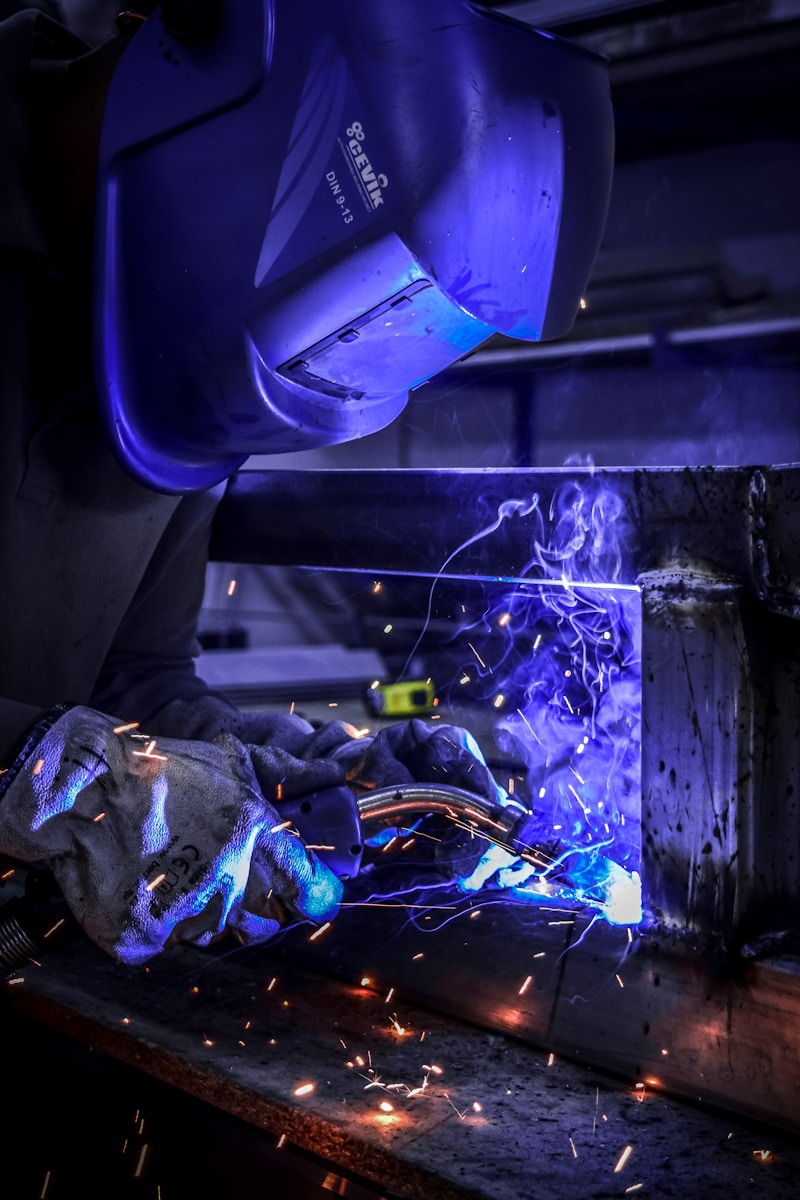Seamless Connections: How Cobots Are Revolutionizing Welding Processes
The welding industry requires skilled, difficult labour and precise technique, but with the rise of new technologies, it is undergoing a significant transformation. One of the critical innovations making waves in this field is collaborative robots or “cobots.” These advanced machines are designed to work alongside human welders, enhancing their abilities and improving safetyin one swoop.
This article will investigate how cobots are revolutionizing welding processes and discuss their benefits to workers and businesses. From increased productivity to improved safety, cobots are an important part of welding-intensive industrial workflows.
Redefining Welding: The Role of Cobots
Traditionally, welding has been a labour-intensive and physically demanding job that requires high levels of skill and concentration. However, the emergence of cobot technology is redefining this profession by introducing automation and advanced capabilities into the mix. These machines have sensors, cameras, and software to perform tasks precisely and accurately while working harmoniously with human welders.
The collaborative nature of cobots means they can take on repetitive and strenuous tasks, freeing human workers to focus on more complex and creative aspects of welding. This improves the overall quality of work and reduces the risk of injury or strain for employees. Additionally, cobots can work 24/7 without fatigue, increasing business productivity and throughput. For example, an ESAB cobot welding system can handle up to 3000 mm of welding per minute, making it a game-changer in efficiency and speed.
The Advantages of Cobots in Welding Processes
One of the main advantages of utilizing collaborative robots (cobots) in welding processes is their exceptional ability to enhance precision and consistency to a remarkable degree. These advanced machines are meticulously programmed to flawlessly execute specific patterns and movements, resulting in perfectly welded seams with unparalleled accuracy every single time. This elevates the aesthetic quality of welds and guarantees exceptional structural integrity and strength, rendering them exceptionally well-suited for various industries such as automotive, aerospace, and construction.
Another noteworthy benefit lies in the realm of safety. By working in tandem with cobots, human welders can significantly reduce their exposure to potentially hazardous materials and environments. It encompasses mitigating risks associated with inhaling fumes, coming into contact with sparks, and enduring extreme temperatures that could pose health hazards. With cobots taking charge of these tasks, workers can operate within a significantly safer environment, mitigating the likelihood of accidents or injuries and promoting overall workplace safety.
The Future of Welding with Cobots
As technology advances, the possibilities for collaborative robot applications in welding are broad. Cobot applications stretch far beyond welding to all parts of manufacturing,but their ability to adapt to various welding techniques and materials and the capacity to learn from human interactions makes them an indispensable asset in the welding industry.
As cobots become more cost-effective and widely available, their advantages extend to small businesses and workshops. This accessibility can potentially democratize the industry, empowering smaller players and fostering increased competition. Consequently, this shift will likely drive further innovations and advancements, propelling the welding sector into a new era of progress and efficiency.
What Are the Risks of Over-Reliance on Cobots?
While the advantages of using cobots in welding processes are undeniable, there are potential risks associated with over-reliance on this technology. As machines continue to take on more tasks, businesses must ensure their human workers are still equipped with the necessary skills and training. They must also have contingency plans in case of malfunctions or downtime.
As cobots become more sophisticated, there is a concern for job displacement in the welding industry. While it is true that these machines can handle specific tasks with greater efficiency, they still require human oversight and intervention for optimal performance. Therefore, balancing human and machine involvement is essential to ensure smooth operations and continued job opportunities.
Finally, cybersecurity is a growing concern in the age of interconnected technologies. As cobots are integrated into welding processes and connected to networks, businesses must prioritize robust security measures to protect against potential cyber threats. This includes regular updates and maintenance of software and hardware and implementing strict access controls.
Conclusion
Cobots are revolutionizing welding processes, bringing together the best of human skills and machine capabilities. From enhancing precision and consistency to improving safety and productivity, these machines offer a wide range of benefits that have the potential to transform the industry. However, it is essential for businesses to carefully consider the implications of relying too heavily on this technology and strike a balance to ensure a seamless connection between humans and machines in the welding world. With proper implementation and integration, cobots can take welding processes to new heights and pave the way for a more efficient, safe, and dynamic future.





